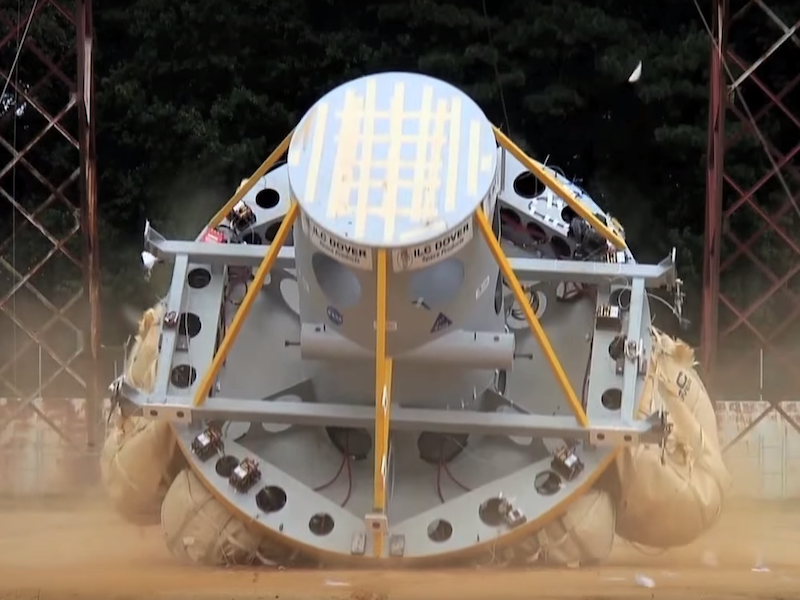-
Tips for becoming a good boxer - November 6, 2020
-
7 expert tips for making your hens night a memorable one - November 6, 2020
-
5 reasons to host your Christmas party on a cruise boat - November 6, 2020
-
What to do when you’re charged with a crime - November 6, 2020
-
Should you get one or multiple dogs? Here’s all you need to know - November 3, 2020
-
A Guide: How to Build Your Very Own Magic Mirror - February 14, 2019
-
Our Top Inspirational Baseball Stars - November 24, 2018
-
Five Tech Tools That Will Help You Turn Your Blog into a Business - November 24, 2018
-
How to Indulge on Vacation without Expanding Your Waist - November 9, 2018
-
5 Strategies for Businesses to Appeal to Today’s Increasingly Mobile-Crazed Customers - November 9, 2018
NASA to Crash Plane to Test Emergency Locator Transmitters
Next week is set for testing of emergency locator transmitter (ELTs), says NASA, the US space agency.
Advertisement
The test will be conducted at the Langley Research Center in Hampton, Virginia. But there’s some legitimate science being done at this facility. When the plane is dropped it will be packed with five ELTs, data-gathering sensors, cameras, and two crash test dummies.
In more scientific fashion than Hollywood, the agency’s Search and Rescue Mission Office will simulate a survivable plane crash. The signal is then reflected to the search and rescue (SAR) ground station.
“ELTs have to work in the extreme circumstances involved in an airplane crash”, NASA said in a statement. Rescuers get the information about ELT’s identity and location with the help of the signal.
“The crash tests are designed to identify ways to improve performance and robustness of the ELT system”.
Real-life crashes are terrifying, but simulated crashes are not only important for safety research, they’re also really, really fun to watch.
The test on Wednesday will mark the last of the three crash tests of three different Cessna 172 aircraft.
In the second test, the aircraft was crashed nose down on to soil from 100ft height.
Advertisement
On Wednesday afternoon, between 1 and 2 p.m. EST, the plane will be raised to 110 feet and dropped tail first into soil.




























